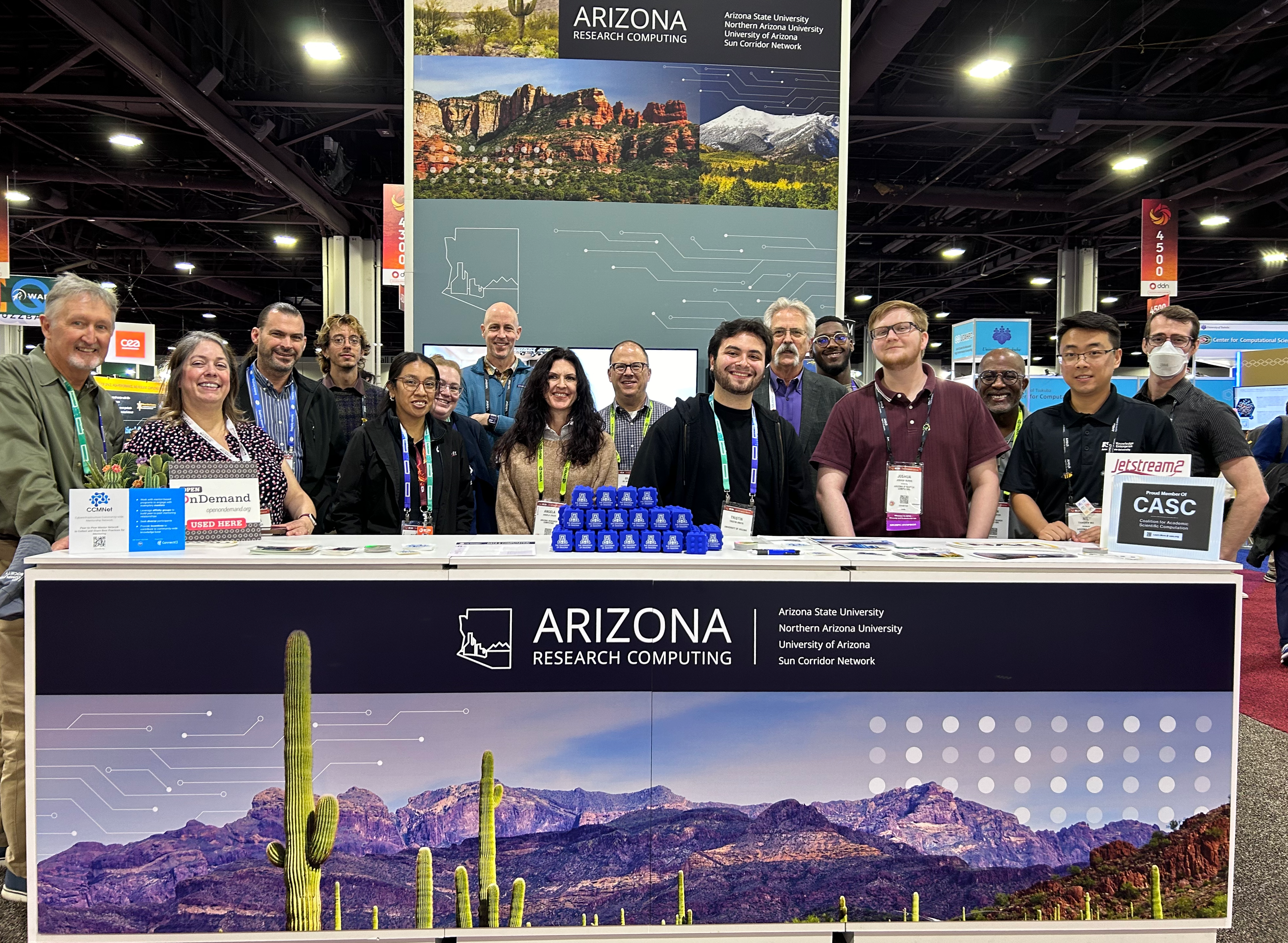NAIRR Pilot Meeting 2025

The inaugural annual meeting of the NAIRR Pilot program was held recently in Arlington near Washington DC. It was February. It was cold outside, very cold for an Arizonan, but the atmosphere was warm inside.
The National Artificial Intelligence Research Resource (NAIRR) Pilot, launched in January 2024, is a groundbreaking initiative aimed at democratizing access to AI resources in the United States. Led by the National Science Foundation (NSF) in collaboration with 12 federal agencies and 26 private-sector and academic partners, the NAIRR Pilot is designed to provide researchers with essential AI computing power, datasets, and tools. The NAIRR Pilot is organized into four operational focus areas: 1. NAIRR Open: Led by NSF, this area supports open AI research by providing access to AI resources through the NAIRR Pilot Portal and coordinated allocations. 2. NAIRR Secure: Co-led by the National Institutes of Health (NIH) and the Department of Energy (DOE), this focus area supports AI research requiring privacy and security-preserving resources. 3. NAIRR Software: Also under NSF's leadership, this area facilitates the interoperable use of AI software, platforms, tools, and services across NAIRR Pilot resources. 4. NAIRR Classroom: Aimed at broadening participation, this focus area emphasizes education, training, user support, and outreach to new communities.
Annual Meeting Lessons learnt, challenges and opportunities were a focal point for attendees. We frequently broke into small groups to discuss these subjects. After all, a pilot program is all about learning what works and what can be improved. By conducting this in person, many people from different agencies, Universities and resource providers came together and got to know each other better. Sometimes the best experiences come from those conversations over a coffee (or tea) break. The keynote presentations featured on-going research funded by the pilot. We saw the intensive and innovative research that studies how plants can respond to increasingly harsh growing conditions, and the health improvement potential that will come from better understanding of proteins. We heard how pathways can be better developed for careers in AI.
Progress and Future Directions By May 2024, 35 projects had received computational access, covering AI ethics, language models, and healthcare applications. The NSF continues to seek additional datasets and expand its impact. As the NAIRR Pilot evolves, it represents a significant step towardresponsible AI research, which will benefit society as a whole.

